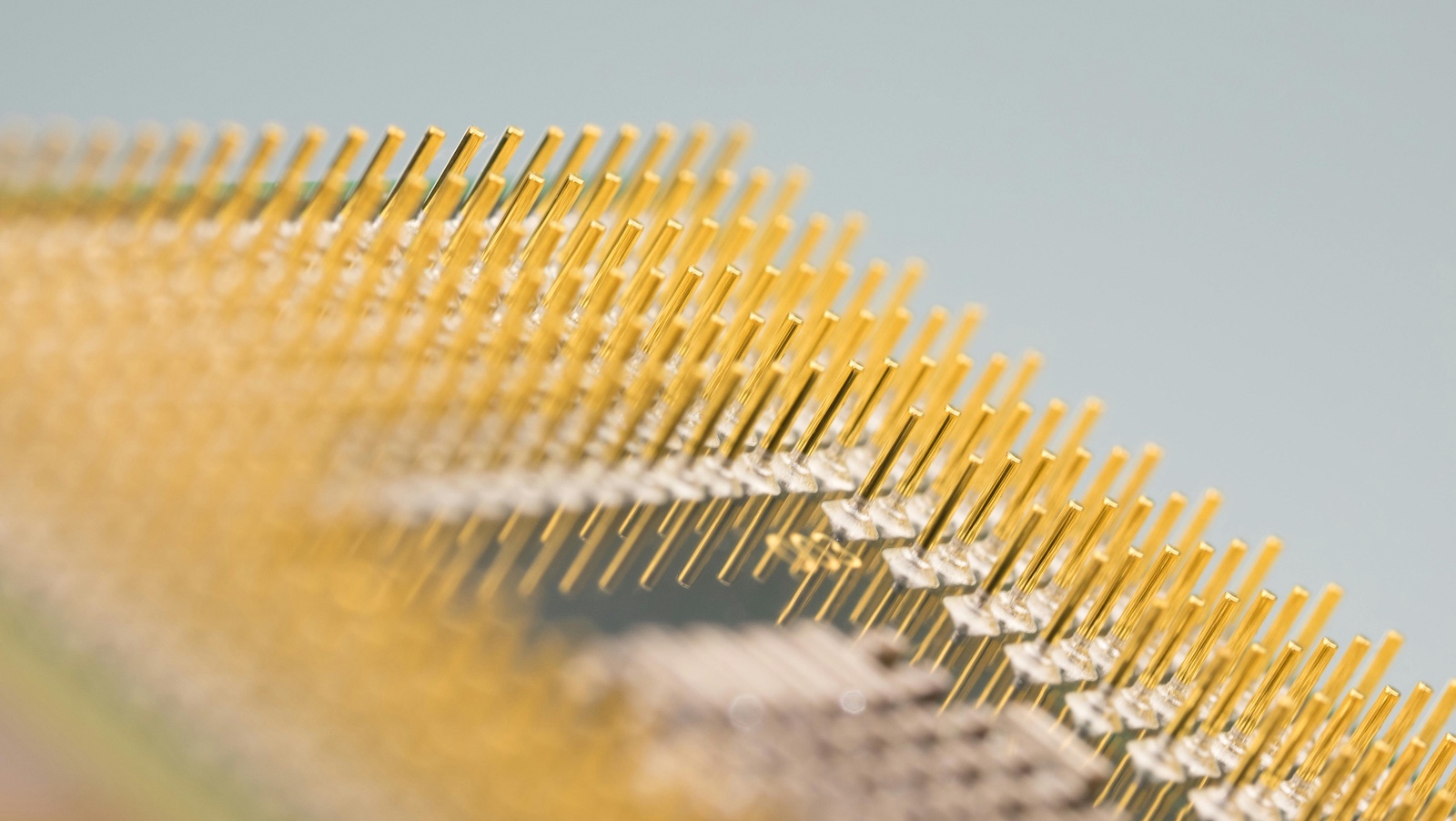Earlier this year, a group of eight leading insurers and brokers established a consortium to promote microinsurance ventures in developing countries, unsurprisingly called Microinsurance Venture Incubator (MVI). Together, AIG, Aspen Insurance, XL Catlin, Guy Carpenter, Marsh & McLennan, Hamilton Insurance, Transatlantic Reinsurance and Zurich plan to launch 10 microinsurance ventures over the next 10 years.
While conventional insurance targets middle to high-income urban dwellers, microinsurance targets rural residents living on the edge of poverty. Most popular are microinsurance products that offer life, health, accident or property insurance.
However, to really be the "can-do" coverage for the poor, it is not enough for microinsurance to be affordable and accessible; it also has to be tailored to the unique environment in which it is being offered. After all, context is king.
So with the context of "poor people deserve innovation too," here are five examples of innovative microinsurance schemes that target different risk pools:
1. The Use of Technology to Combat Fraud
Insurers providing livestock insurance in India have been struggling with high claims ratios, mostly because of fraud. Typically, to get coverage, a veterinarian would place an external plastic tag on the animal's ear as an indication that that specific animal is insured. However, this produced zero controls in place, and insurers learned that these plastic tags somehow made their way to dead cattle, way too frequently.
Nowadays, India’s IFFCO-Tokio (ITGI) insurance company is using radio frequency identification (RFID) chips that are injected under the skin of the animal (which is less painful than tagging!). These chips are accessible through a reader, which allows an insurance official to easily verify that the RFID reading coincides with the identification number on the policy, when a farmer reports a claim. This results in fewer fraudulent cases and faster claim processing.
Almost a fairy tale ending if it wasn't for the high price of these microchips. Nonetheless ITGI is using a combination of external plastic tags and RFID chips to control their costs yet still prevent excessive fraud. It's working.
2. Forming Index-Based Insurance to Build Trust
Another promising innovation is index-based insurance, where an external indicator triggers payments to clients rather than the traditional "I'm calling to report a claim."
Kilimo Salama, AKA Safe Farming, combines mobile phone payment system with solar powered weather stations to offer farmers in Kenya "pay as you plant" insurance.
Here's how it works:
- A farmer goes to an approved dealer and buys a bag of fertilizer, which he pays 5% extra for to get climate coverage.
- The dealer scans a special bar code, which immediately registers the policy with the insurance provider and sends a text message confirming the insurance policy to the farmer's mobile phone.
- When data transmitted from a particular weather station indicates drought or other extreme condition is taking place, the farmer registered with that station automatically receives payouts via a mobile money transfer service.
- Similarly, a more recent entrant called ClimateSecure says it will “work hand-in-hand with [its] clients, meteorologists, financial experts and other brokers in order to build indexes that most accurately reflect [their] clients’ risk."





